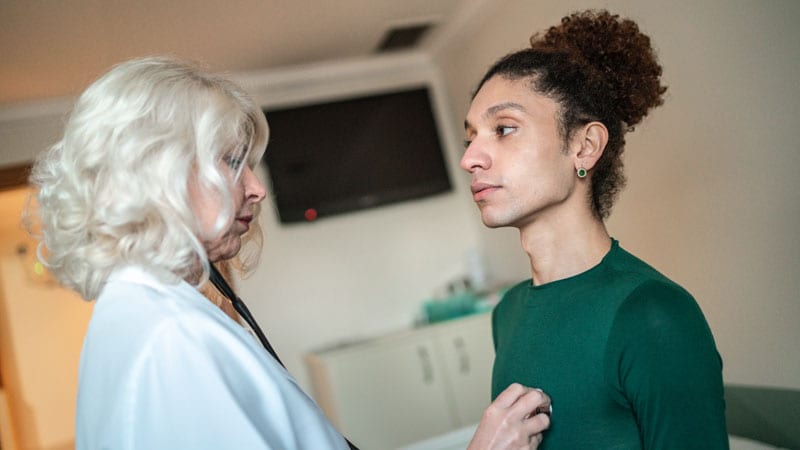Takeaway
- The American Academy of Pediatrics (AAP) has updated its recommendations for management of newborns at risk for group beta strep disease (GBS).
Why this matters
- Recommendations accompany publication of updated guidelines from the American College of Obstetricians and Gynecologists (ACOG) for screening and management for GBS in pregnancy.
- About 20%-30% of US pregnant people are carriers of GBS.
- Experts note that long-term health effects of perinatal antibiotic exposure are not fully known.
Key recommendations
- As ACOG does, the AAP supports universal screening and antibiotic prophylaxis against maternal-infant transmission, where indicated.
- For neonates, intrapartum penicillin (or other antibiotic, as indicated) offers sufficient prophylaxis against early-onset GBS.
- Risk assessment for early-onset GBS in infants includes stratifying by ≥35 0/7 weeks of gestation vs those born earlier.
- Diagnosis of early-onset GBS should involve blood or cerebrospinal fluid culture because other nonspecific lab tests are not adequate.
- Evaluation for late-onset GBS should rely on clinical signs and GBS isolate in blood, cerebrospinal fluid, other typical sterile tissues.
- Antibiotic therapy should be empiric but varies by age at evaluation.
- Includes algorithm for evaluation: red flags include preterm labor, prelabor rupture of membranes (ROM), induced labor with infection concern or neonate respiratory/cardiovascular instability, indicated cesarean delivery with ROM.
References
References

